Your cart is currently empty!
Tag: Reducing
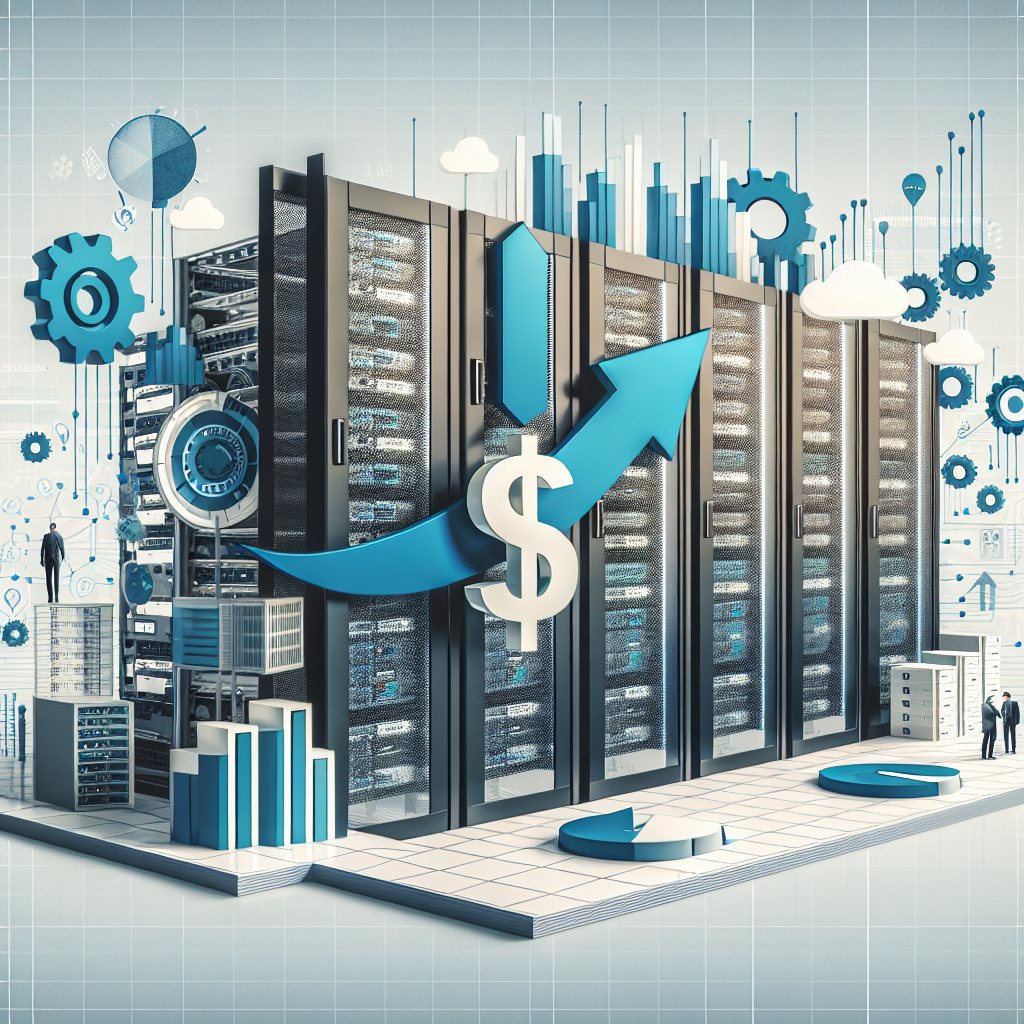
Strategies for Reducing Costs in Data Center Power Distribution
Data centers are essential for storing and processing vast amounts of data, but they can also be expensive to operate. One of the biggest costs associated with running a data center is power distribution. To reduce costs in this area, data center managers can implement various strategies to optimize power usage and increase efficiency.One effective strategy for reducing costs in data center power distribution is to implement a power management system. This system can help monitor and control power usage, allowing data center managers to identify areas where energy is being wasted and make adjustments accordingly. By optimizing power usage, data center managers can reduce electricity bills and lower overall operating costs.
Another strategy for reducing costs in data center power distribution is to implement energy-efficient equipment. This includes using energy-efficient servers, cooling systems, and power distribution units. By investing in energy-efficient equipment, data center managers can reduce power consumption and lower energy costs over time.
Data center managers can also reduce costs in power distribution by implementing virtualization technology. Virtualization allows multiple virtual servers to run on a single physical server, reducing the overall number of servers needed and therefore lowering power consumption. By consolidating servers through virtualization, data center managers can save on energy costs and reduce the amount of power needed for distribution.
Additionally, data center managers can implement power-saving features such as dynamic power management and power capping. These features allow data center managers to dynamically adjust power usage based on workload demands, ensuring that power is only being used when necessary. By implementing these features, data center managers can reduce power consumption and lower operating costs.
In conclusion, there are several strategies data center managers can implement to reduce costs in power distribution. By implementing a power management system, using energy-efficient equipment, implementing virtualization technology, and utilizing power-saving features, data center managers can optimize power usage and increase efficiency, ultimately reducing costs and improving overall performance. By taking a proactive approach to managing power distribution, data center managers can save money and create a more sustainable and cost-effective operation.
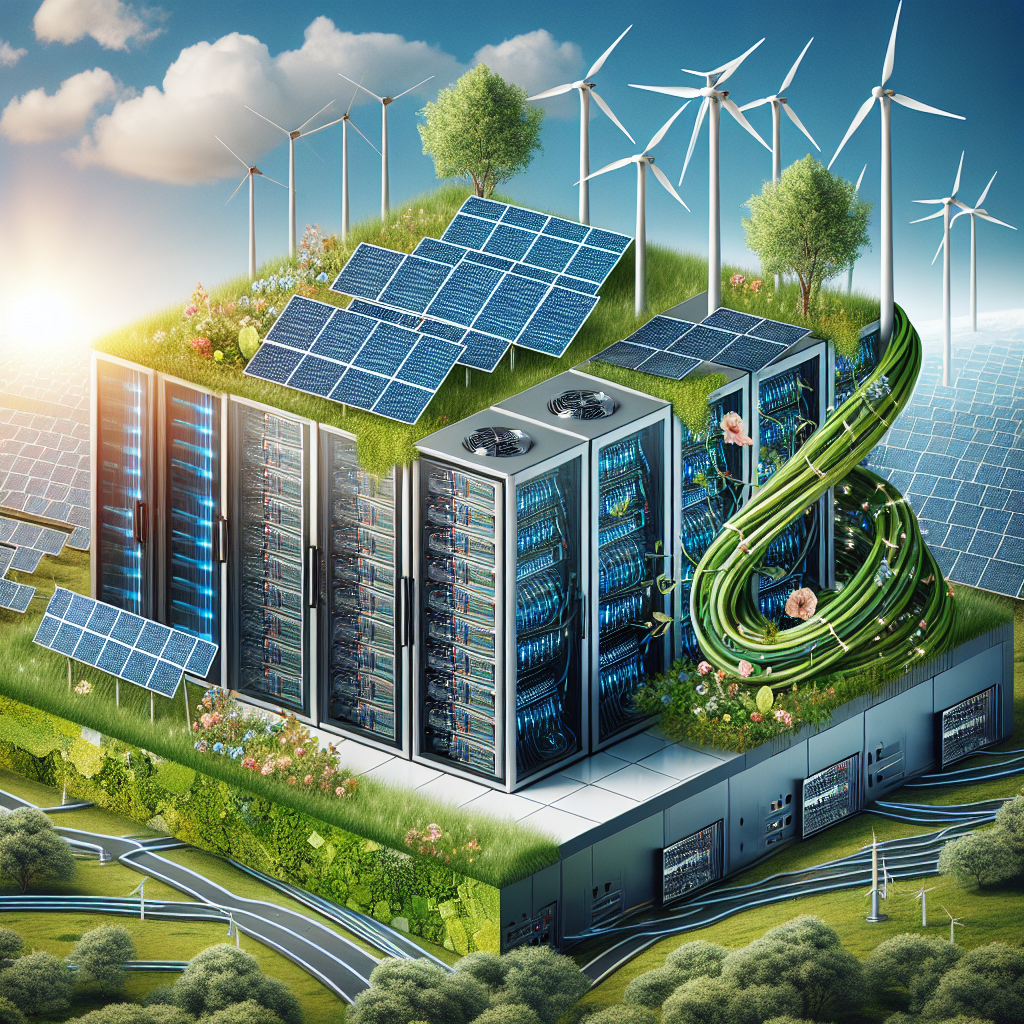
Reducing the Carbon Footprint: Strategies for Achieving Data Center Sustainability
In today’s digital age, data centers play a crucial role in storing and processing vast amounts of information for businesses and individuals. However, the environmental impact of data centers cannot be ignored, as they consume large amounts of energy and contribute to carbon emissions. In order to achieve sustainability and reduce their carbon footprint, data centers must implement strategies to minimize energy consumption and promote eco-friendly practices.One of the key strategies for reducing the carbon footprint of data centers is improving energy efficiency. This can be achieved through the use of energy-efficient hardware and software, as well as implementing cooling techniques that optimize energy usage. By reducing the amount of energy required to operate the data center, businesses can significantly decrease their carbon emissions and lessen their environmental impact.
Another important strategy for achieving data center sustainability is transitioning to renewable energy sources. By investing in solar, wind, or hydroelectric power, data centers can significantly reduce their reliance on fossil fuels and decrease their carbon footprint. Many companies are now making commitments to using 100% renewable energy for their data centers, demonstrating their dedication to environmental sustainability.
In addition to improving energy efficiency and transitioning to renewable energy sources, data centers can also reduce their carbon footprint by implementing virtualization and consolidation techniques. By consolidating servers and storage devices, data centers can optimize their infrastructure and reduce energy consumption. Virtualization allows businesses to maximize the use of their resources and minimize their environmental impact, ultimately leading to greater sustainability.
Furthermore, businesses can promote data center sustainability by implementing green building practices and utilizing environmentally-friendly materials in their construction and design. By incorporating energy-efficient lighting, cooling systems, and insulation, data centers can reduce their energy consumption and lower their carbon emissions. Additionally, businesses can use recycled materials and sustainable building practices to minimize their environmental impact and promote eco-friendly operations.
Overall, reducing the carbon footprint of data centers requires a comprehensive approach that includes improving energy efficiency, transitioning to renewable energy sources, implementing virtualization and consolidation techniques, and promoting green building practices. By implementing these strategies, businesses can achieve data center sustainability and contribute to a more environmentally-friendly future. It is crucial for businesses to prioritize sustainability and take proactive steps to reduce their carbon footprint, ensuring a greener and more sustainable world for future generations.
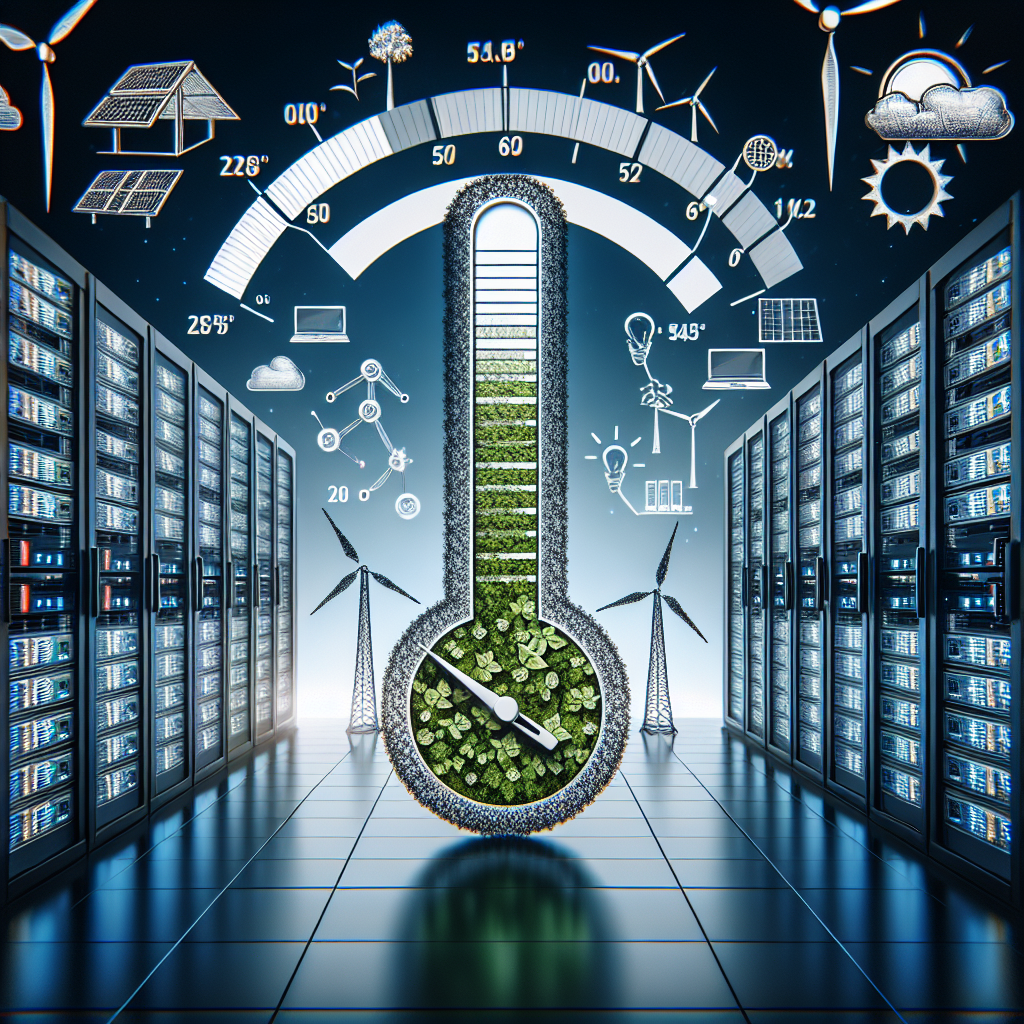
Maximizing Data Center Efficiency: Strategies for Reducing Energy Consumption
In today’s digital age, data centers play a crucial role in storing, managing, and processing vast amounts of information. However, the sheer volume of data being generated and stored has led to a significant increase in energy consumption in data centers. According to a report by the U.S. Department of Energy, data centers consume about 2% of the total electricity used in the United States, and this number is only expected to rise in the coming years.To combat this growing issue, data center operators are increasingly looking for ways to maximize efficiency and reduce energy consumption. By implementing a variety of strategies and technologies, data centers can significantly decrease their environmental impact and operating costs. Here are some key strategies for reducing energy consumption in data centers:
1. Virtualization: One of the most effective ways to reduce energy consumption in data centers is through server virtualization. By consolidating multiple servers onto a single physical server, data centers can significantly reduce their overall energy usage. Virtualization also allows for better utilization of server resources, leading to improved efficiency and performance.
2. Efficient Cooling Systems: Data centers require a significant amount of cooling to maintain optimal operating temperatures for servers and other equipment. By implementing efficient cooling systems, such as hot aisle/cold aisle containment, data centers can reduce their energy consumption and improve overall efficiency. Using outside air or water-based cooling systems can also help reduce energy usage.
3. Energy-Efficient Hardware: Upgrading to energy-efficient hardware, such as servers, storage devices, and networking equipment, can lead to significant energy savings in data centers. Energy Star certified equipment and power management tools can help reduce energy consumption while maintaining performance levels.
4. Data Center Infrastructure Management (DCIM): DCIM software can help data center operators monitor and optimize energy usage, cooling efficiency, and overall performance. By using DCIM tools, data centers can identify areas of inefficiency and implement strategies to improve energy consumption.
5. Renewable Energy Sources: Implementing renewable energy sources, such as solar or wind power, can help data centers reduce their reliance on traditional energy sources and lower their carbon footprint. Many data centers are now incorporating renewable energy into their operations to reduce energy costs and environmental impact.
6. Energy-Efficient Lighting: By switching to LED lighting and implementing motion sensors, data centers can reduce energy consumption related to lighting. LED lighting is more energy-efficient and has a longer lifespan compared to traditional lighting options.
Overall, maximizing data center efficiency and reducing energy consumption requires a combination of strategies and technologies. By implementing virtualization, efficient cooling systems, energy-efficient hardware, DCIM tools, renewable energy sources, and energy-efficient lighting, data centers can significantly decrease their environmental impact and operating costs. As data centers continue to play a crucial role in our digital world, it is essential for operators to prioritize energy efficiency and sustainability in their operations.
Reducing Data Center Downtime: Best Practices for Improving MTTR
Data center downtime can be a costly and frustrating experience for any organization. When critical systems go offline, it can lead to lost revenue, decreased productivity, and damage to a company’s reputation. This is why reducing downtime and improving Mean Time To Repair (MTTR) is crucial for businesses that rely on their data centers to operate efficiently.There are several best practices that organizations can implement to help reduce data center downtime and improve MTTR. By following these guidelines, companies can minimize the impact of outages and ensure that their systems are back up and running as quickly as possible.
Regular Maintenance and Monitoring
One of the most important steps in reducing data center downtime is to conduct regular maintenance and monitoring of critical systems. By staying on top of hardware and software updates, organizations can prevent potential issues before they become full-blown outages. Monitoring tools can also help IT teams detect problems early on and address them before they cause any disruptions.
Implementing Redundancy
Another key practice for reducing data center downtime is to implement redundancy in critical systems. By having backup power supplies, cooling systems, and network connections in place, organizations can ensure that their data center can continue to operate even if one component fails. Redundancy can help minimize the impact of outages and improve MTTR by allowing systems to failover seamlessly to backup resources.
Documentation and Training
Having comprehensive documentation and providing regular training to IT staff is essential for reducing data center downtime. By ensuring that employees are well-versed in troubleshooting procedures and best practices, organizations can improve MTTR by quickly identifying and resolving issues when they arise. Proper documentation can also help IT teams track and analyze trends in downtime, allowing them to make informed decisions about how to prevent future outages.
Implementing Disaster Recovery Plans
In the event of a major outage, having a disaster recovery plan in place is crucial for minimizing downtime and improving MTTR. By outlining clear procedures for restoring systems and data, organizations can ensure that they can quickly recover from any disruptions. Regular testing of disaster recovery plans is also important to ensure that they are effective and up-to-date.
Working with Reliable Vendors
Choosing reliable vendors for hardware, software, and services is another key practice for reducing data center downtime. By selecting vendors with a track record of high-quality products and excellent customer support, organizations can minimize the risk of outages caused by faulty equipment or inadequate service. Building strong relationships with vendors can also help organizations quickly resolve issues when they arise, improving MTTR.
In conclusion, reducing data center downtime and improving MTTR requires a proactive approach that includes regular maintenance, monitoring, redundancy, documentation, training, disaster recovery planning, and working with reliable vendors. By following these best practices, organizations can minimize the impact of outages and ensure that their data centers remain operational and efficient.

Streamlining Operations and Reducing Costs with DCIM
In today’s fast-paced business environment, effectively managing data center operations is essential for ensuring the success and efficiency of any organization. Data Center Infrastructure Management (DCIM) is a powerful tool that can help streamline operations and reduce costs by providing real-time visibility and control over data center assets, resources, and processes.One of the key benefits of DCIM is its ability to centralize the monitoring and management of data center infrastructure. By consolidating information from various systems and devices, DCIM provides a comprehensive view of the entire data center environment, including servers, storage, networking equipment, power distribution units, and cooling systems. This centralized view allows data center managers to quickly identify and address issues, optimize resource allocation, and make informed decisions to improve efficiency and performance.
DCIM also enables organizations to proactively monitor and manage energy consumption, helping to reduce operational costs and environmental impact. By tracking power usage and identifying areas of inefficiency, data center managers can implement energy-saving measures, such as adjusting cooling settings, consolidating servers, or upgrading to more energy-efficient equipment. These actions not only reduce electricity bills but also contribute to sustainability goals and corporate social responsibility initiatives.
In addition to reducing energy costs, DCIM can also help organizations optimize space utilization and improve capacity planning. By monitoring rack space, server utilization, and cooling capacity, data center managers can identify opportunities to consolidate equipment, reconfigure layouts, and allocate resources more efficiently. This not only maximizes the use of existing infrastructure but also minimizes the need for costly expansions or upgrades.
Furthermore, DCIM provides valuable insights into the performance and health of data center equipment, helping to prevent downtime and ensure business continuity. By monitoring key metrics, such as temperature, humidity, and power usage, data center managers can proactively identify potential issues and take corrective action before they escalate into critical failures. This proactive approach not only improves reliability and uptime but also reduces the risk of costly downtime and data loss.
Overall, DCIM is a powerful tool for streamlining data center operations and reducing costs. By providing real-time visibility, centralized management, and proactive monitoring, DCIM enables organizations to optimize resource utilization, improve energy efficiency, and enhance overall performance. With the increasing complexity and importance of data center operations, implementing a comprehensive DCIM solution is essential for staying competitive, efficient, and cost-effective in today’s digital age.
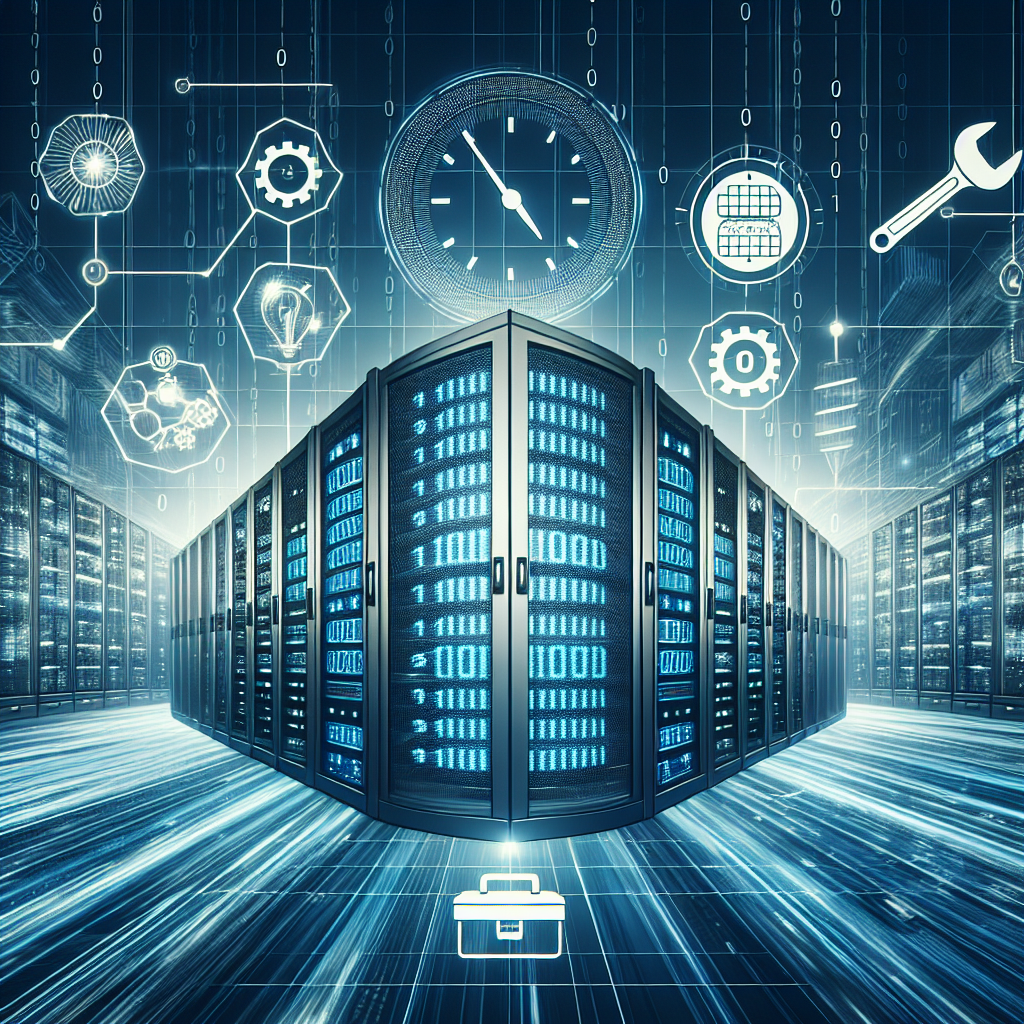
Maximizing Data Center Uptime: Tips for Reducing MTTR
Data centers are the backbone of many organizations, providing the necessary infrastructure to store and manage large amounts of data. However, downtime can be a major concern for data center operators, as it can lead to significant financial losses and damage to reputation.One key metric that data center operators focus on is Mean Time to Repair (MTTR), which measures the average time it takes to repair a failed component and restore services. By reducing MTTR, data center operators can minimize downtime and maximize uptime. Here are some tips for reducing MTTR and maximizing data center uptime:
1. Implement proactive monitoring and maintenance: Regularly monitoring the health and performance of data center components can help identify potential issues before they escalate into major problems. Implementing automated monitoring tools can provide real-time alerts and notifications, allowing operators to take proactive steps to address issues before they impact service availability.
2. Develop a comprehensive incident response plan: Having a well-defined incident response plan in place can help streamline the troubleshooting and repair process when issues arise. This plan should outline the steps to be taken in the event of a failure, including identifying the root cause, determining the appropriate course of action, and coordinating with relevant stakeholders.
3. Invest in redundant systems and failover mechanisms: Redundancy is key to ensuring high availability in a data center environment. By implementing redundant systems and failover mechanisms, operators can minimize the impact of hardware or software failures and maintain service availability even during a failure event.
4. Conduct regular training and drills: Ensuring that data center staff are properly trained and prepared to respond to incidents can help reduce MTTR. Regular training sessions and drills can help familiarize staff with the incident response plan and ensure they are equipped to quickly and effectively address issues as they arise.
5. Prioritize critical components: Not all data center components are created equal, and some may have a greater impact on service availability than others. By prioritizing critical components and focusing efforts on ensuring their reliability and availability, operators can minimize the impact of failures on service uptime.
By following these tips, data center operators can reduce MTTR and maximize uptime, ensuring that their data center infrastructure remains reliable and available to support the needs of the organization. Investing in proactive monitoring, incident response planning, redundancy, training, and prioritization can help minimize downtime and ensure that data center operations run smoothly and efficiently.
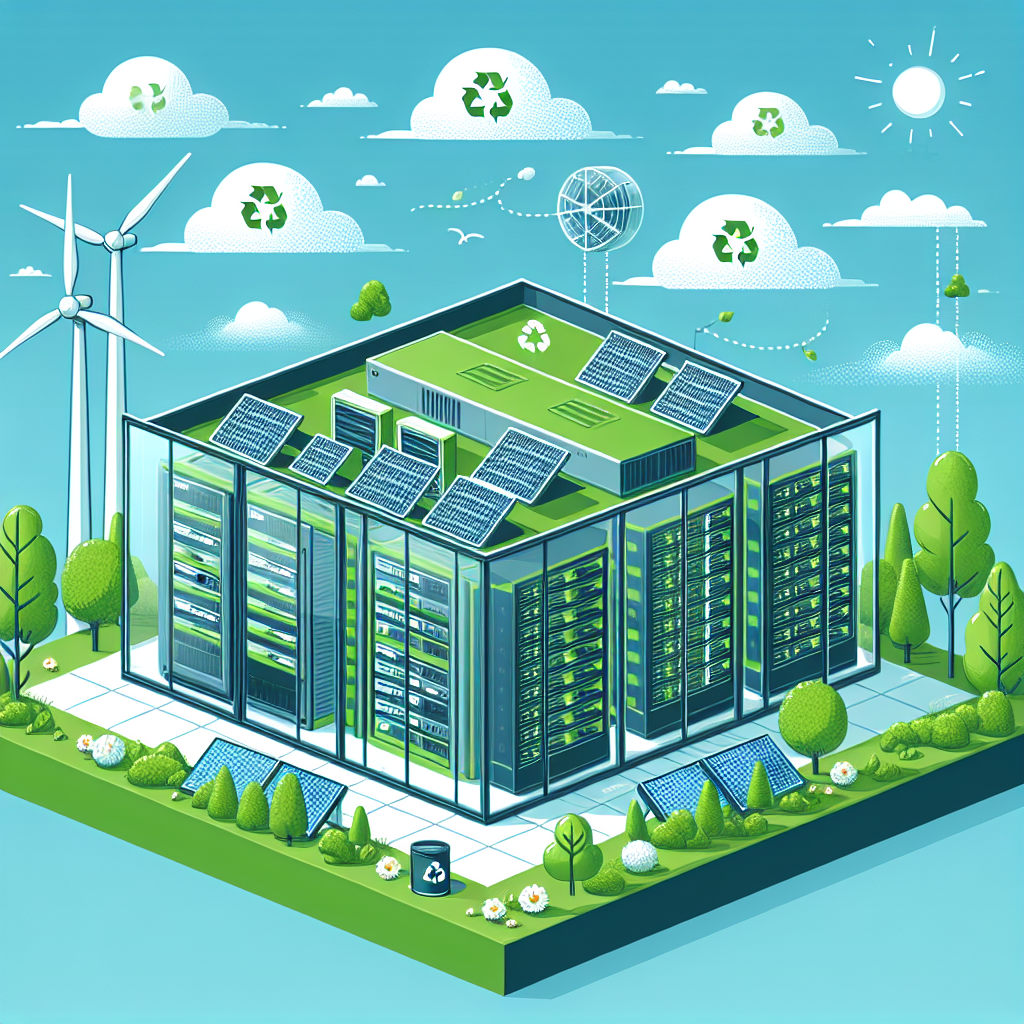
Eco-Friendly Computing: How Data Centers are Reducing their Carbon Footprint
In recent years, the environmental impact of data centers has become a growing concern. With the increasing demand for data storage and processing, these facilities are consuming massive amounts of energy and contributing to greenhouse gas emissions. However, many data centers are now taking steps to reduce their carbon footprint and become more eco-friendly.One of the key ways that data centers are reducing their environmental impact is by increasing energy efficiency. This includes using energy-efficient hardware, implementing virtualization technology to optimize server usage, and utilizing advanced cooling systems to reduce the amount of energy needed to keep servers running at optimal temperatures.
Another important strategy for eco-friendly computing is the use of renewable energy sources. Many data centers are now powering their operations with solar, wind, or hydroelectric power, significantly reducing their reliance on fossil fuels and lowering their carbon emissions.
Data centers are also implementing innovative cooling technologies to reduce their energy consumption. For example, some facilities are using evaporative cooling systems that use water to cool the air instead of traditional air conditioning units, which can be much more energy-intensive.
In addition to these technological advancements, data centers are also focused on reducing waste and recycling materials. Many facilities are implementing recycling programs for electronic waste, such as old servers and networking equipment, as well as implementing sustainable practices for disposing of other materials like packaging and cardboard.
Overall, the shift towards eco-friendly computing in data centers is a positive development for the environment. By reducing energy consumption, utilizing renewable energy sources, and implementing sustainable practices, these facilities are making a significant impact in reducing their carbon footprint and helping to combat climate change.
As the demand for data storage and processing continues to grow, it is essential that data centers continue to prioritize sustainability and environmental responsibility. By investing in energy-efficient technologies, renewable energy sources, and waste reduction strategies, data centers can help to create a more sustainable future for our planet.
